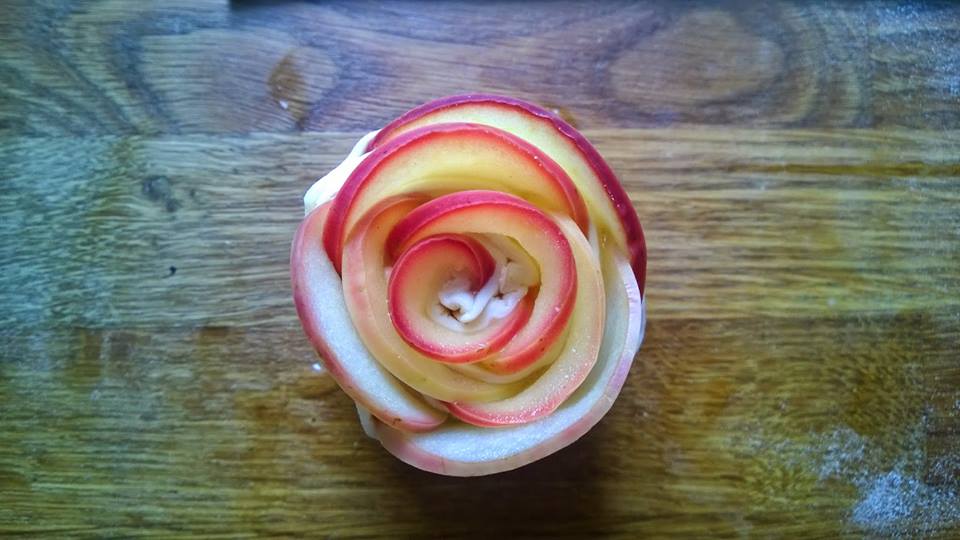My original blog is going strong, but I kind of neglected its English brother :( School starting for the first time for my older son really took a toll on our schedule and at the end of the day, if I found any time for my blog, the original was my priority. Now with the things finally settling down a bit, we have adjusted to all te new things and I hope to have at least a bit more time to work on this site as well. Remember my witchcraft from a few months ago? The magic vanilla squares are one of the more popular posts on my blog, so I wondered ... how do you make a recipe better? Of course, with chocolate :) Let's try!
For a 25 cm x 15 cm tray:
3 eggs
110 g granulated sugar
1 vanilla bean
100 g butter
90 g flour
35 g (bitter) cocoa
375 ml milk
Separate the eggs and whisk the egg whites into a meringue. Beat room temperature butter with the sugar and the vanilla so you get kind of a nice buttercream. This technique seemed to work better for me instead of melting the butter like in the vanilla recipe.
Add the meringues and gently mix, but mix it well. It is OK to if there a few smaller meringue pieces left, but otherwise the meringue should be well incorporated into the batter. You'll find this may be quite tricky, but its what makes magic later.
Pour the batter into a greased pan and bake at 160° C for approx 30 - 40 minutes. Around that time mark just carefully try to jiggle the pan and if the batter is still kind of jiggly, add another 10 minutes to the baking time.
Once baked, take the pan out of the oven and let the cake cool to room temperature. Once cooled, place it in the fridge for at least another hour.
Cut the cake into squares and carefully put them on a plate. If your bake was a success, you will see 3 distinct layers, each completely different. One really soft, one custard like and one like a fudge.
And the verdict? Don't get me wrong, this is delicious, but at the same time, it is also one of those rare instances, where I prefer the original vanilla recipe. So this time ... chocolate vs vanilla = 0 : 1.
































































